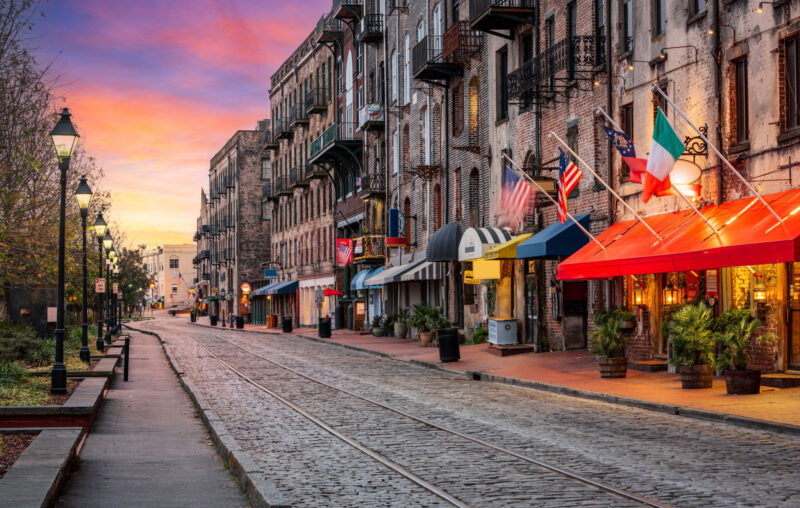Historic Designations: Not All Bad

Often villainized by proponents of affordable housing, historic designations purportedly increase stratification and artificially reduce housing supply. Current property owners in these areas enjoy an increase in the value of their houses and net wealth without doing anything. But the next buyer pays more for the same house. Only people above a certain income can buy into protected neighborhoods, leaving those in search of affordable housing out in the cold.
Even though houses in historically designated areas typically command higher prices, the positive effects they create might outweigh the costs. After all, people place value on them, and are willing to pay extra for the properties. Rules surrounding historic designations lead to self-selection by future homeowners who care about the aesthetics of the neighborhood and put their money where their mouths are.
These designations restrict how homeowners can renovate their properties, especially the exterior, but home prices do not fall. The designations place a minimum quality floor on housing in the neighborhoods in question: homeowners have to maintain their houses to minimum standards. Homeowners need to use historically accurate wood frame windows, preserve the brick exteriors, and spend more on maintenance.
If someone values a certain look or environment in her neighborhood, she will pay more for a house in a historic district. People can only live in one house at a time, but the enjoyment of living in that house depends in no small part on the other houses in the neighborhood, if they care about the aesthetic vibe. Traditionally zoned housing typically does not impose stringent rules about maintenance levels. Historic district designations promise that neighborhoods will look the same in a few decades, regardless of decorating trends.
In fast-growing cities, these historic districts preserve the “old” look of neighborhoods. They remain the same, even though high-rise apartments and condos are more lucrative for developers. In most cities, houses in historic districts appreciate more than their counterparts in similarly zoned, non-historic areas.
Historic designations, however, do not increase the value of all housing. Due to the strong demand for housing (thanks, zoning) and the relative scarcity of land in New York City, the revenue from an additional highrise far exceeds the costs of building it. People value housing more than just a certain look, and designating some areas as historic would depreciate the current housing stock and prevent the growth of the city.
In the rest of the United States, a historic designation could revitalize urban spaces. It increases property values, even the property values in adjacent non-historic zones. In shrinking cities, average sale prices of houses in historic districts increased faster, and they sell for an average of $8,590 to $22,002 more. Adjacent neighborhoods also follow the price movements of historic districts, although their prices remain slightly lower. People who live in adjacent neighborhoods still enjoy the aesthetics of historic districts. They do not have a guarantee that their neighborhood would look the same in a few decades, but they know that the historic district will.
Since the designations preserve the aesthetics of yesteryear, historic districts could draw more visitors. This would increase the demand for products at local stores, often hand-crafted and one-of-a-kind products, and food. Coupled with a rustic charm, businesses can differentiate themselves and draw more visitors.
Overall, historic district designations increase the value of housing and the level of business activity. Even though they restrict how homeowners can treat their properties, these designations protect a certain aesthetic of the past and return positive value to the community.










